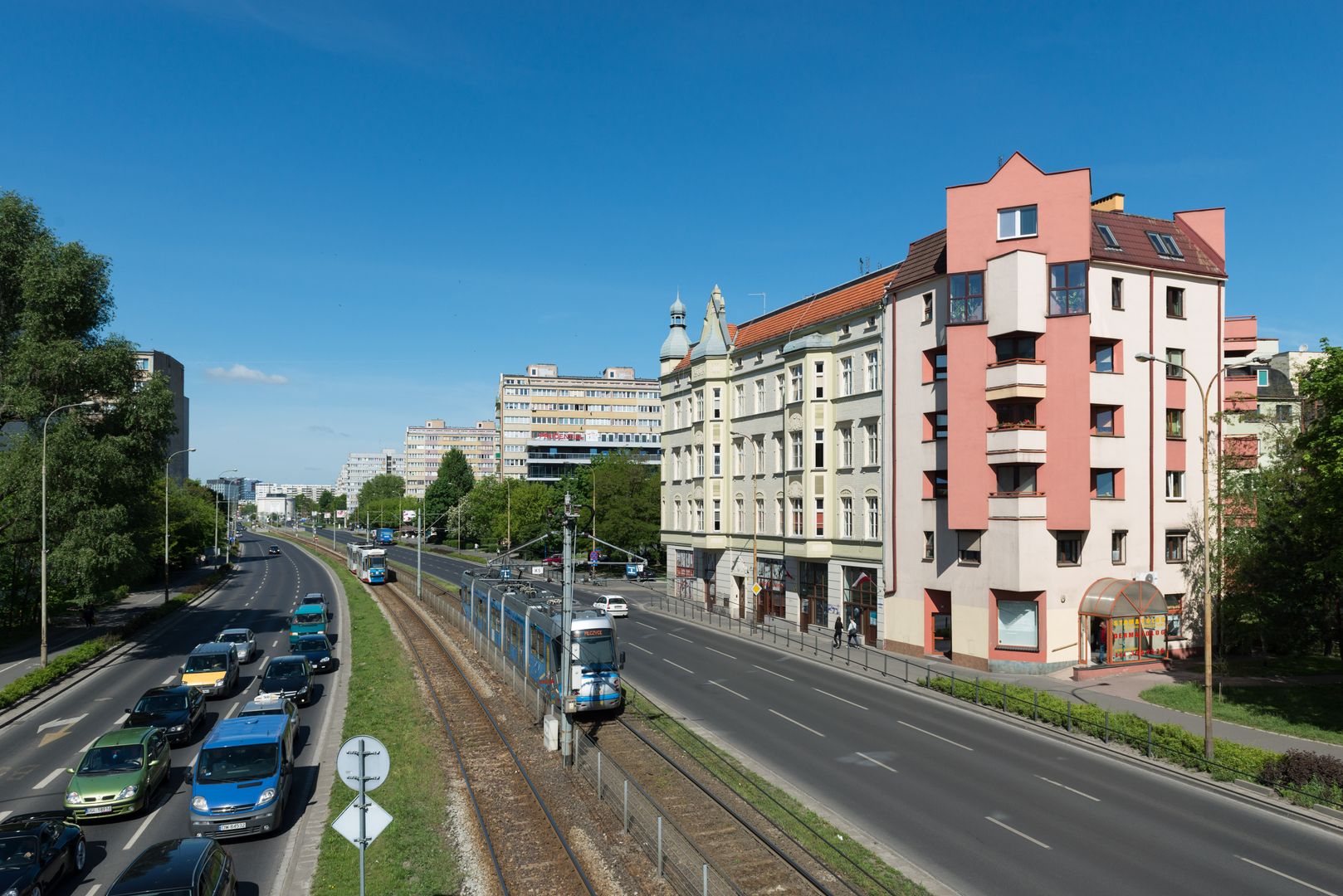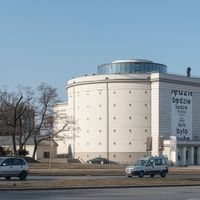Szczepin
6.32

Overview
Szczepin, formerly known as Tschepine, is a district in Wrocław that was part of the former Old Town administrative area. Its origins date back to the Middle Ages, when it was a fishing village. It was first mentioned in historical records in 1203, and by the 14th century, it belonged to the Monastery of St. Clare. In the 16th century, it was described as "long, wide, and clean," and in the 18th century, the area was known as Polnische Vorstadt (Polish Suburb). After the suburbs were incorporated into Wrocław in 1808, Szczepin began to develop, especially following the construction of two railway stations in the mid-19th century, which spurred significant industrial growth. It is worth mentioning the Neo-Gothic St. Nicholas Church, which was the tallest building in the city at the time. Unfortunately, World War II brought destruction, and the district was almost completely demolished during the defense of Festung Breslau. After the war, Szczepin was renamed from Przedmieście Mikołajskie (Nicholas Suburb) and struggled with ruins for decades. In the 1960s and 1970s, large-panel housing estates were built here. Only a few pre-war structures have survived to this day, including parts of the Siedlung Westend estate and a bunker designed by Richard Konwiarz. Szczepin is characterized by its post-war architecture, and its educational institutions include School Complex No. 1 and No. 18. The district also features extensive recreational areas and supermarkets, while its northern part is occupied by allotment gardens. Szczepin has undergone numerous changes but remains an important part of Wrocław, both historically and architecturally.
Location
Tickets
Powered by GetYourGuide
2025 Wizytor | All Rights Reserved



